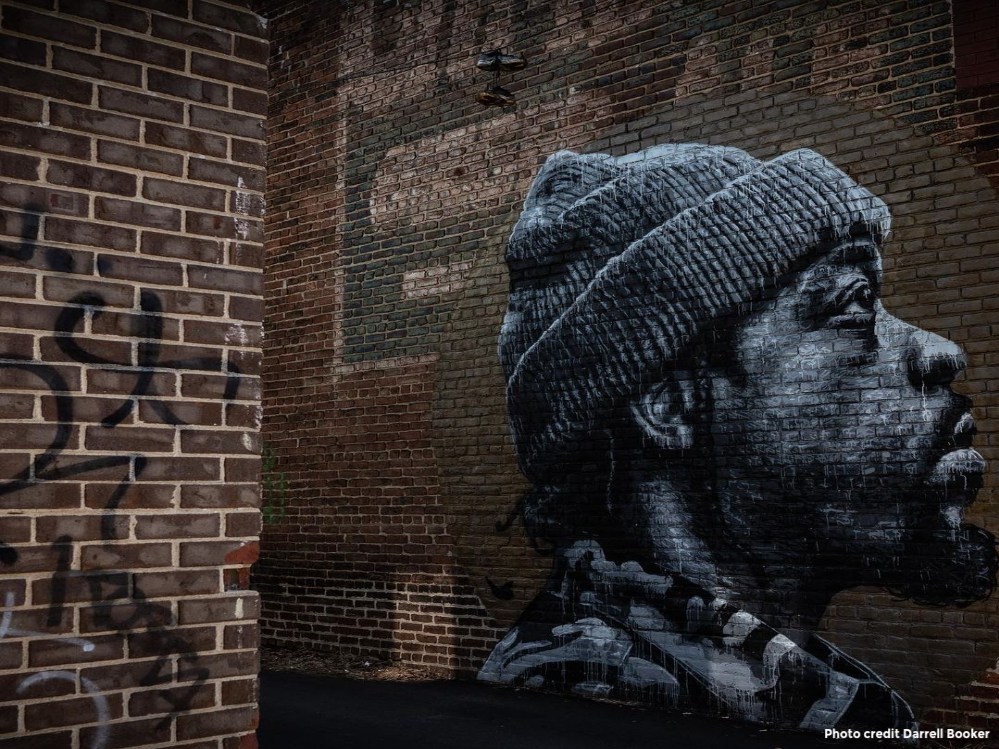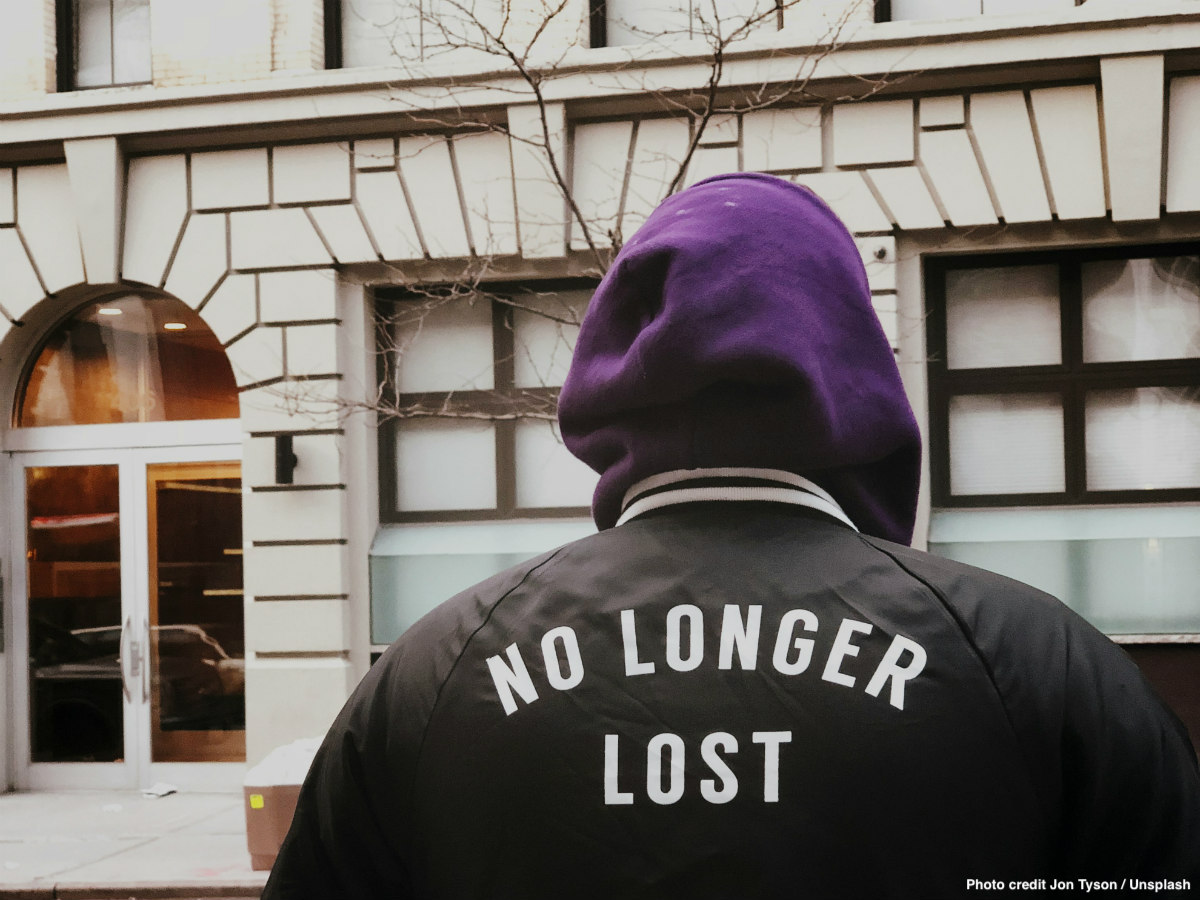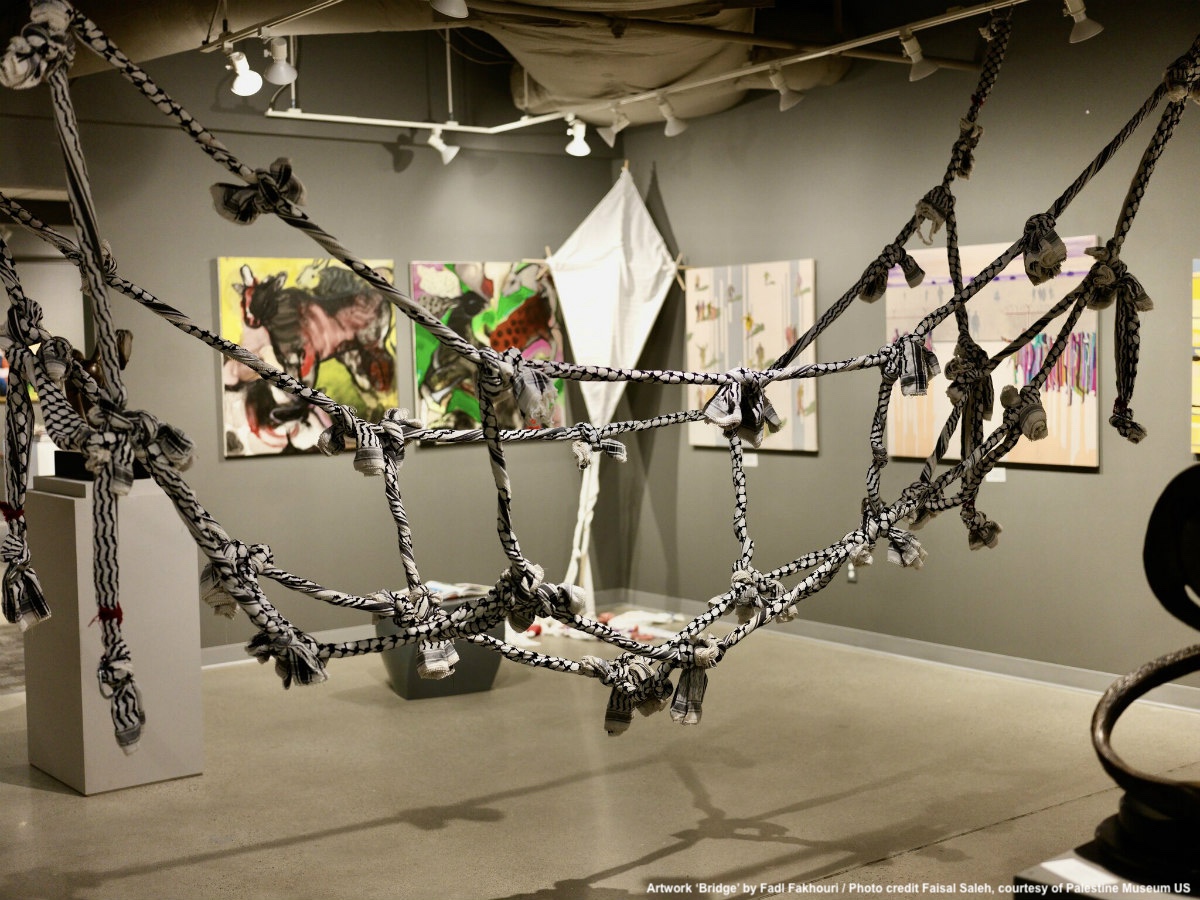February is Afro-American History Month. It pays tribute to the generations of African Americans who struggled with adversity. This year’s commemoration, eight months after the events in Minneapolis, has turned out in a different tone. The racial trauma of an unpayable moral debt lingers over American cities.
Since the Black Awakening of the 1960s Americans have felt more confident about the importance of black history and the contributions of Afro-Americans to history and culture. Across the Atlantic the Civil Rights movements of the sixties made young generations of Germans break with a period of silence imposed by their parents about national-socialism and the Holocaust. They started a long process to come to terms with their history. But have Americans done the same with slavery?
Recent peaceful protests or demonstrations called for immediate action to end systemic racial oppression. As a result, cities have put more emphasis on policies and social programs to address social inequalities driven by race. However, structural racism goes one layer deeper because some Afro-Americans are still dealing with historical racial trauma. The anger of people participating in protests is often the expression of sadness.
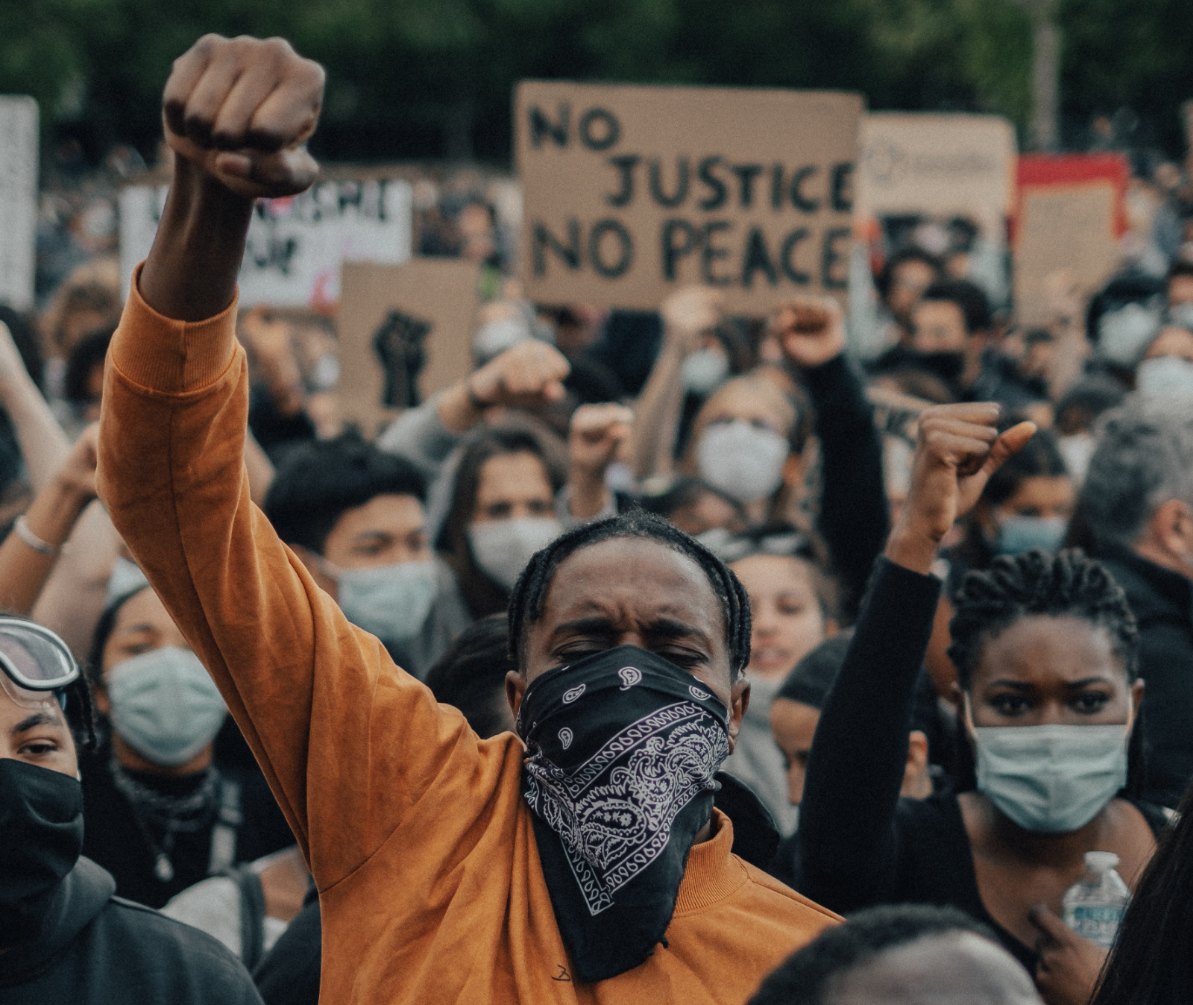
‘When you are Black in America and discover your genealogy, you are forced to relive – to some extent – the trauma your Black ancestors experienced. My 3rd great-grandfather, a white man, raped my 3rd great-grandmother, Caroline, at the age of 12 – his Black enslaved human property. Imagine what strength and courage it takes to accept that. She gave birth to my 2nd great uncle Apollonian and to my 2nd great-grandfather Jules, and that’s how I got my last name. Basically I carry the surname of a rapist. My surname is triggering. If you only knew how white supremacy impacted our psychology as Black Americans, perhaps, more White people would be more understanding on why this country needs to settle its 400-year-old debt’, told me Nehemiah D Frank, founder and Editor in Chief of The Black Wall Street Times in Tulsa. Many Black Americans still carry the names of their ancestors’ slave owners.
Afro-Americans are incredibly resilient
Shame keeps Americans from coming to terms with the past but, in the meantime, keeps feeding the cumulative effects of slavery over the mental and physical health of black people and passing through generation’s genetics. Psychologists call it racial trauma.
To find ways around it to explain what happened, it is a natural human response but only through facts can people of colour start healing the cumulative effects of racism and trauma underneath the surface.
Douglas Nygren is a psychotherapist and worked for more than a quarter century in the United States. His work with children, he explains, taught him that trauma not treated in one generation tends to repeat in subsequent. He applies Freud’s ideas about “repetition compulsion” in individuals and maintains that idea can be applied to countries as well.
Ever since he studied at the Freie Universität Berlin in the late 1960s, he has been interested in how the Germans come to terms with the Holocaust. Over the last ten years, events in the United States have made him aware that his country has not addressed its history of slavery.
Unfortunately, Freud did not have a prescription for how nations can come to terms with their pasts. From my work as a therapist, however, I know that it is essential for societies to acknowledge the intergenerational trauma that certain events have inflicted on people.
‘In children, therapists often observe that their patients may need the same amount of age to cope with their trauma’, explains Nygren.
It tells you the dimension of the problem as Americans must acknowledge not just the deaths that have happened in the past few months but decades and centuries of American history.
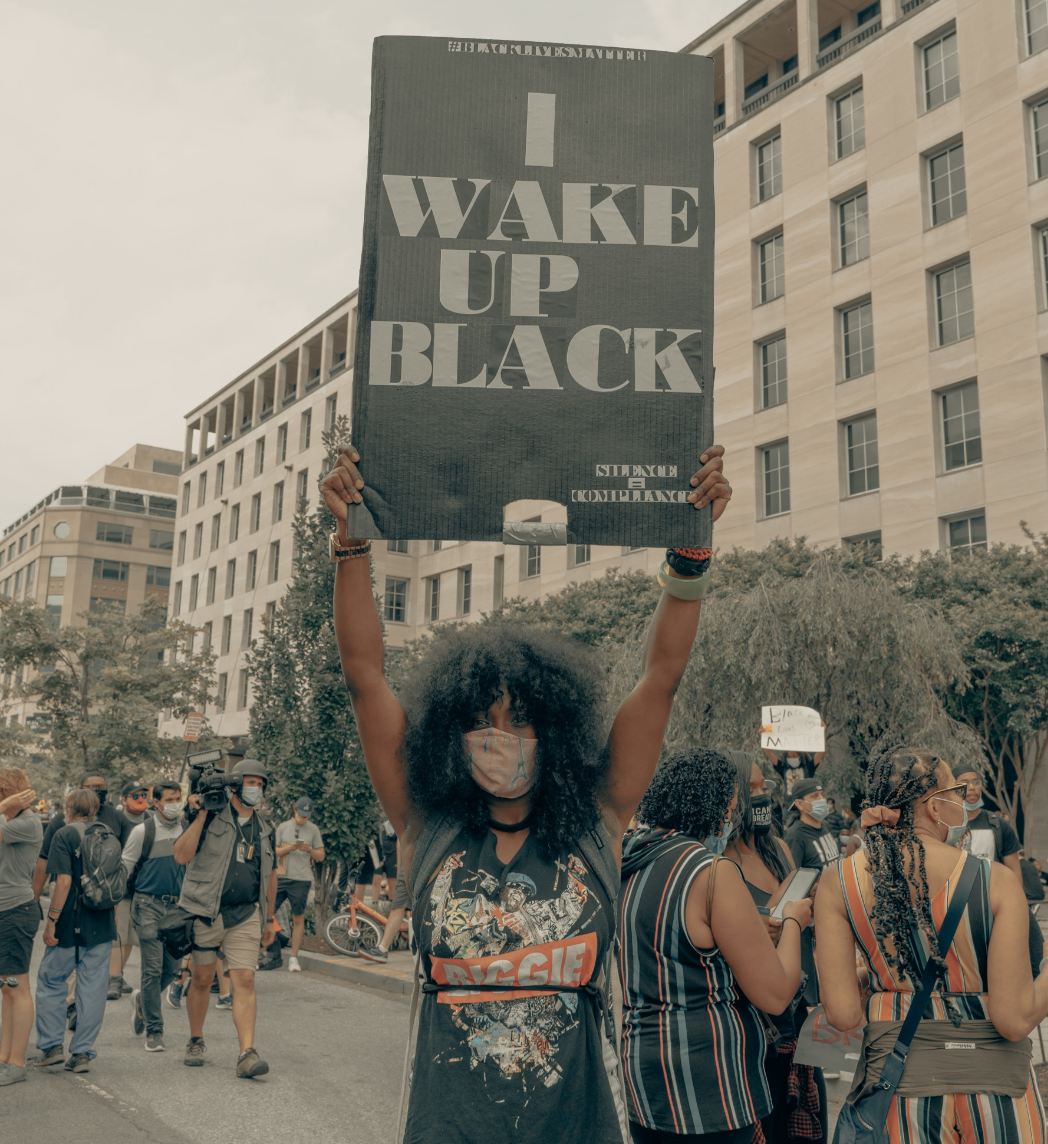
The Influence of Berlin on a city in New England, USA
In Berlin Nygren found inspiration in two grassroots initiatives that he thought could help address racial trauma in American cities. One is the Stolpersteine (literally “stumbling stone”, metaphorically a “stumbling block”), which are concrete cubes bearing a brass plate inscribed with the name and life dates of victims of Nazi extermination or persecution in front of their last place of residency—or, sometimes, work.
The other is called DENK MAL AM ORT (In English, Think on the spot or Reflect here). Berliners open their homes for one weekend of the year to remember, through talks, readings, photographs and historical documents, their Jewish neighbours who were forced from these very same homes by the Nazis. Thanks to a chance meeting with its founder, Nygren took part over the weekend in many of the events, photographed them and gave a talk about the Jewish families in an apartment house located in the Schöneberg district of Berlin.
‘These happenings influenced me in such a way that I came to see them as a form of therapy. Foremost I marveled that this initiative came about voluntarily by engaged Berliners. Similarly German citizens, Jews and non-Jews, attending the events went of their own volition. Their willingness to face the past came from within them, from their souls,’ explains Nygren.
“Vergangenheitsbewältigung” is a German term used to describe the struggle to overcome the negatives of the past. But Nygren claims that rather than “overcoming” the past, a better word would be “aufarbeiten.” People attending the events of DENK MAL AM ORT are “working up” the terrible, sad past and reflect on the traumatic events that raise sensitive questions of collective culpability and what that means for the present.
Comparably, a doctor might do a work-up with a patient. I believe this is what the United States must do with our history of slavery. That’s what I have learned from the Germans, says Nygren.
In fact, in Germany grass-roots initiatives have proved essential and effective and have also deter politicians from taking over the process of healing. Even the political decision to set up the documentation center ‘Topographie des Terrors’ in Berlin was the result of a long-standing public opinion consultation. Germans dig with their own hands at the construction site. The civic engagement of numerous groups and individuals continues to play an essential role at the center.
Sidewalks in Guilford showcase untold stories of slaves
Inspired by those initiatives, Nygren together with a small group of like-minded people have founded the initiative “Witness to History: Slavery in Guilford” in their town of Guilford, Connecticut. The goal is to break the town’s silence about slavery through a combination of education and commemoration. They seek to uncover the multiple missing stories of slavery in Guilford, examine its legacy and share with the community what they have learnt about their ancestors.
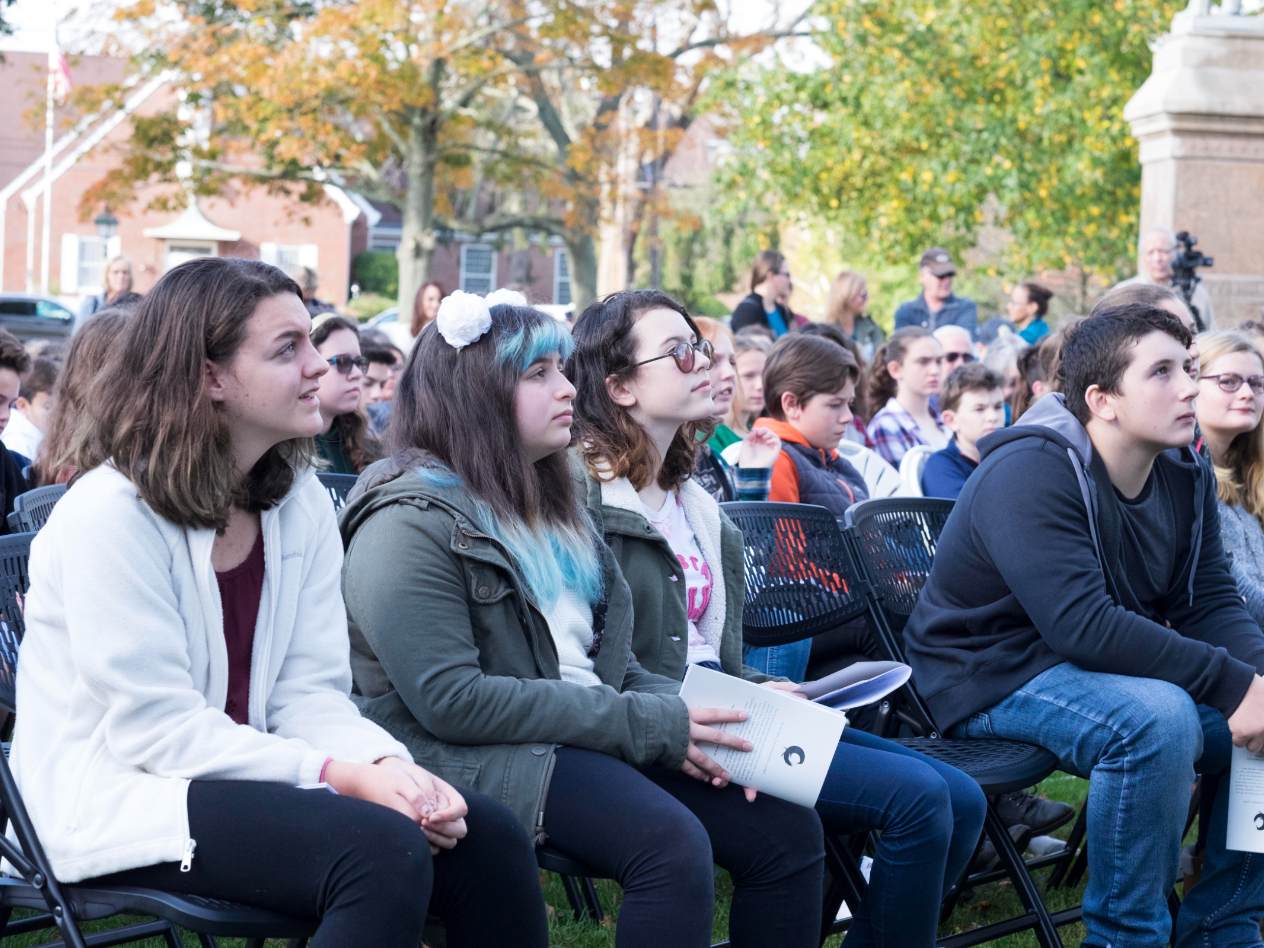
First they presented their idea to the Guilford Preservation Alliance which recognized them as a subcommittee. A week later the town’s Board of Selectmen approved their proposal to install “Witness Stones” in the sidewalk in front of where an enslaved woman or man had toiled. In addition, Guilford Public Schools agreed on the educational aspect of the plan which called for junior high 8th graders to study slavery in general and specifically focus on its practice in Guilford.
The students would use original documents (wills, court records, etc.) to research and write essays about men, women and their children who had been enslaved in Guilford. Each year they would focus on three different people, write biographical sketches of them based on the evidence found in old public records, and then share their findings with the town at a ceremony on the Green. Neighbours would then join the students installing Witness Stones for the three enslaved individuals being remembered and honored.
The events in Minneapolis and in other places after the death of George Floyd were a reminder that American cities still grapple with their historical racial trauma and they neglect coming to terms with the history of slavery.
‘This history is often called America’s “original sin.” It should also be understood as our “original trauma,” a racial trauma that affected both the enslaved and the enslavers, or put in another way, the victims and the perpetrators. That trauma has cast its shadow on the nation for more than 150 years. That shadow will not begin to go away until we are determined to examine it, reflect on it and accept responsibility for the suffering slavery has caused,’ claims Nygren.
Only through this process will we begin to free ourselves from the shadow of our past. As Susan Neiman, American philosopher and Director of the Einstein Forum in Potsdam has stressed out, what is at stake is not the past, but rather the present and the future.
Last summer Guilford didn’t experience any major incidents that broke out in other parts of America, however it was not spared the stain of slavery. Guilford was not unique. It was like much of New England where slavery existed but has been forgotten.
‘Like a bad memory, the memory of slavery here, its presence, has been repressed, driven out of the light, out of consciousness, out of the school curriculum. Of the many who were enslaved in Guilford (the exact number we don’t know), only two with identical first names, Shem, in North Guilford, have gravestones. That was typical. The enslaved if named in wills had only first names and were listed next to the pets’.
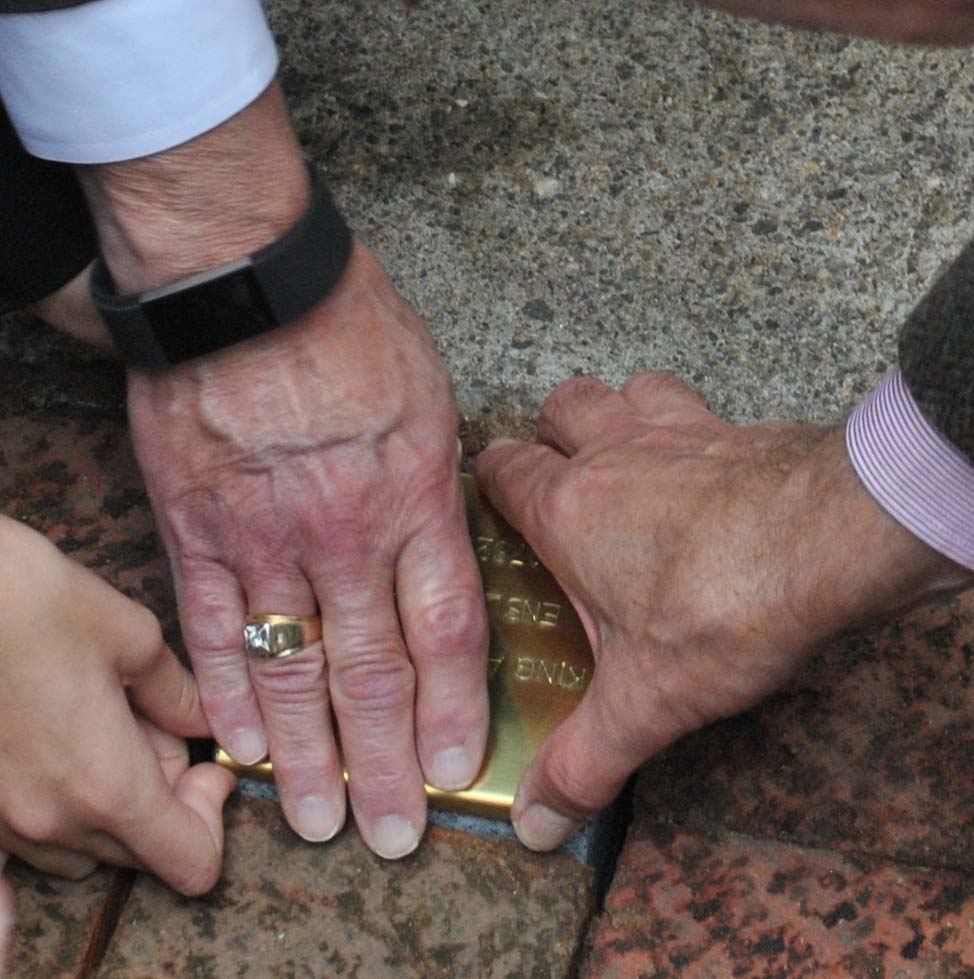
Since its inception, the initiative has grown and the town has been very receptive and supportive. To date, seven Witness Stones have been laid. The first was for Moses who worked where the Town Hall is now. The students reported that even though Moses was enslaved he was permitted to learn and save money on the side for himself. When Yale College accepted the son of his enslaver, the boy’s father could not afford the tuition and had to borrow the sum from Moses.
The seventh stone installed was for Dinah whom the town’s Board of Selectmen purchased in 1792. She cost 12 pounds. Terms of the purchase stated she was to be freed after four years. Her story is the only one so far which was not researched by the students, but rather by adults in town, who then helped install a Witness Stone for Dinah near the center of town.
The research group also found the ancestry of representative Patricia Wilson Pheanious. She was the sixth-great-granddaughter of Montros and Phillis, Africans brought from Barbados to Connecticut in 1710. She didn’t know that her fifth-great-grandfather was a freeman who fought in the Revolutionary War in the 6th Connecticut Regiment from 1779 to 1783.
The truth is essential as a precondition for healing
In the course of research, one member of the team discovered that his family had owned numerous slaves. That has prompted five residents to begin researching their own families’ histories. They were ready to face the possibility whether their ancestors had enslaved people. Nygren wondered how all five were able to cope with the possible shame they might feel if they found uncomfortable truths; and somehow they had gathered the courage to talk about their discoveries.
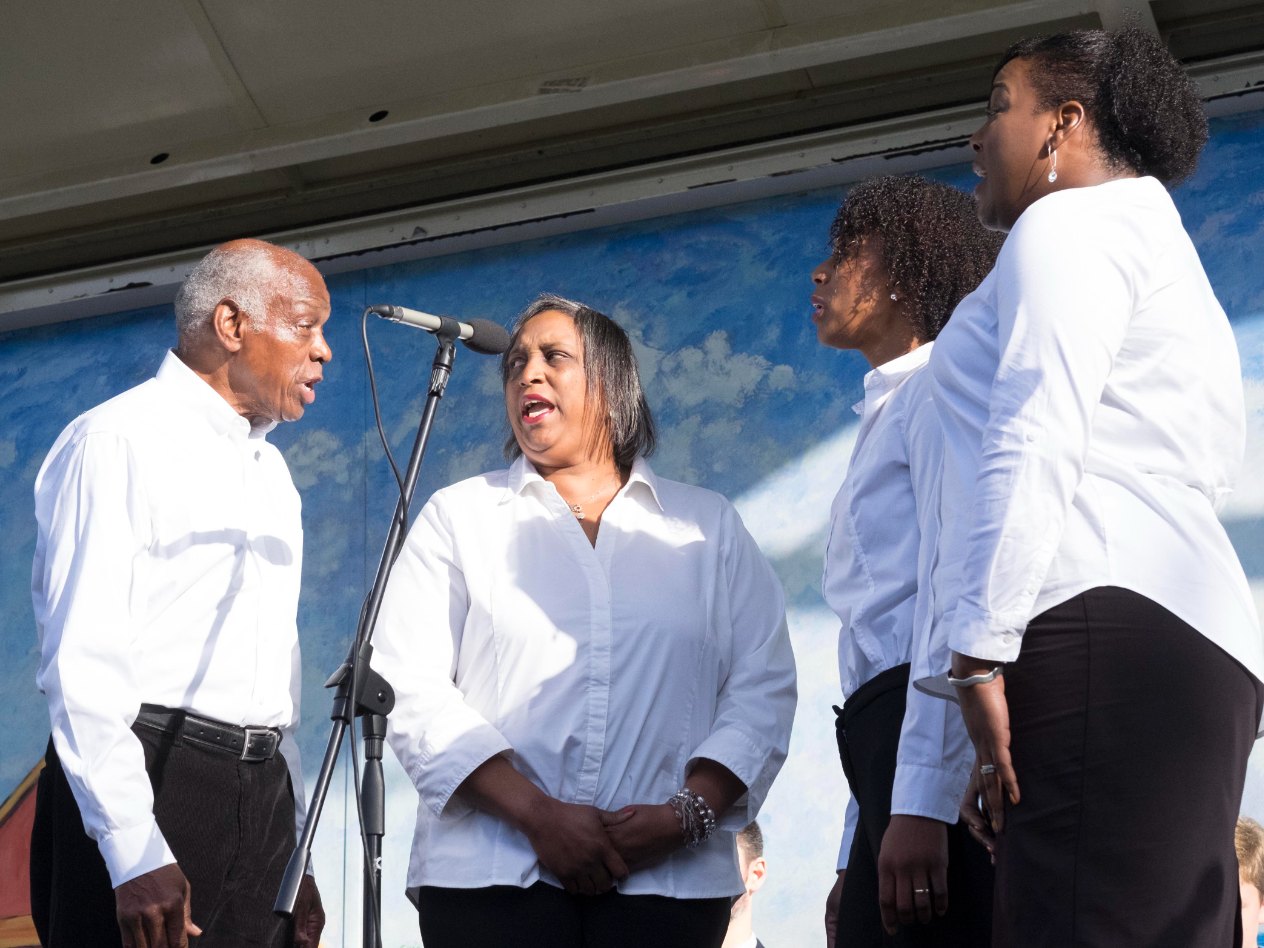
At the remembrance event, while Afro-Americans tell about their ancestor’s stories, fellow citizens listen and reflect in what Nygren calls a cognitive intervention or therapy, creating a relationship through factual things. When you speak about it and make your voice heard, you can correct the trauma, engaged instead of enraged. That, to the families, was deeply restorative.
These experiences give us hope that people can begin to overcome the past through sharing their own personal stories, of their ancestors. In this way, they begin to heal the racial trauma caused by the effects of racism and start to move forward.
‘Examining the past will not destroy us, will not make us die of shame, but will liberate and strengthen us,’ agrees Nygren.
Trying to forget slavery or deter Afro-Americans from depicting their personal stories in a commonly white context does not work and cause serious psychological distress due to stigma. By not confronting history, events like those in Minneapolis and the Confederate flag in the U.S. capitol, says Nygren, will be repeated again and again. Silence only strengthens the errors of the past over the present. As a society, we must acknowledge what happened. We must confront history.
